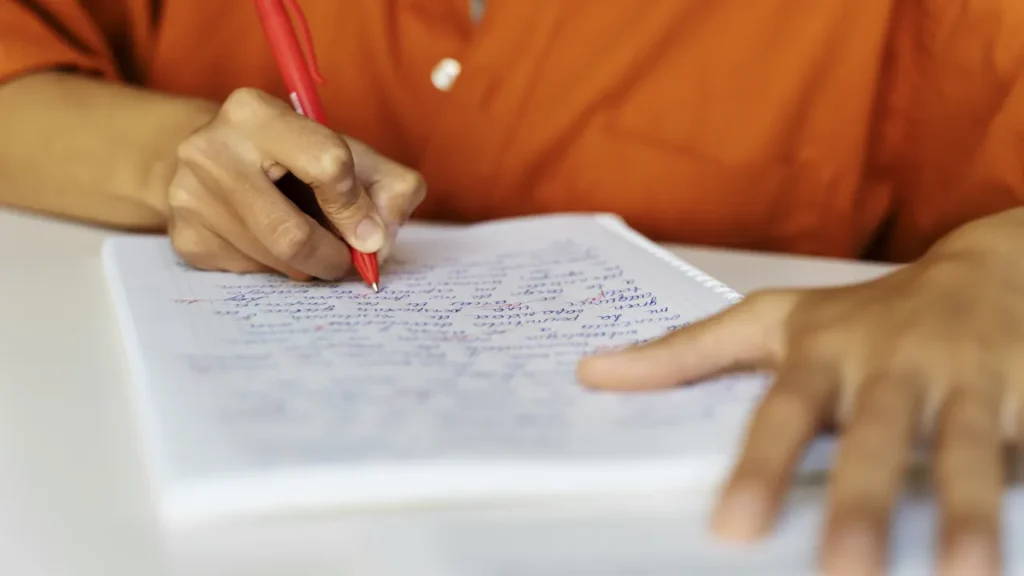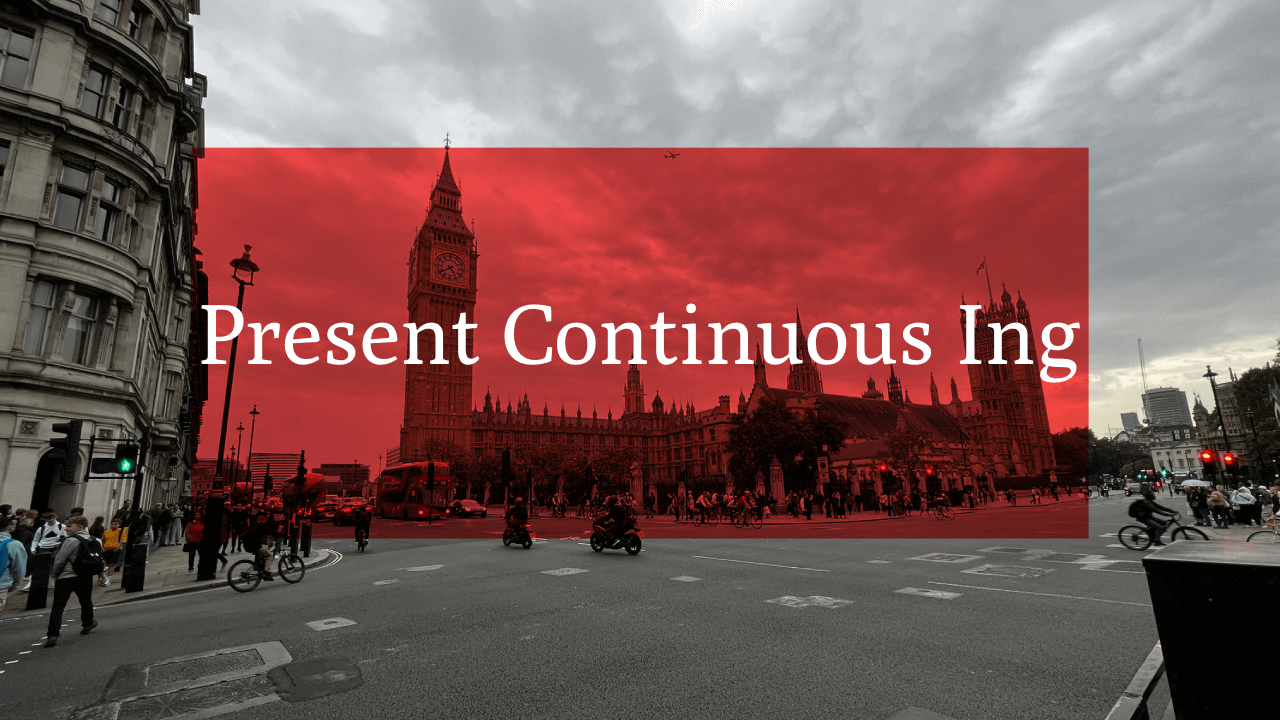What is the – ing ending?
Many English learners wonder why they need to learn some different verb endings. They ask what these endings are for, why they have to use the -s ending or the – ing ending. Some of them claim that knowing the – ing ending or the -ed ending is not important, they can be understood without using them. But, are they right? Why do we add the – ing ending, the -s ending or the -ed ending to verbs?
Probably, every language in the world has got its own different tenses. Some of them refer to the present, some of them to the past and the other ones to the future. When a language has got a few tenses, how can we know that the tenses differ? How do we know that one tense is used for the present and the other one for the past? How can we recognise them? They must differ somehow and actually they do.
It is the ending which we add to the verb that shows us what tense is used in a particular sentence. Thanks to different endings we can show what tense we mean. Let’s focus on the English endings and three basic tenses: the -s ending, the – ing ending and the -ed ending that we add to verbs:
- He washes his car. (routine)
- He is washing his car. (now)
- He washed his car. (in the past)
In these examples, without any additional time words, we are able to show when the action happens. That’s why, the endings that we add to verbs are pretty important because they show the period in time that we mean. Probably, most languages in the world have their own endings that indicate their tenses.

What are the ing spelling rules?
The Present Continuous tense takes the ing form that we add to verbs. However, before we start using the ing form we need to know some ing spelling rules. There are a few ing spelling rules. Some of them are quite easy to learn and remember but some ing spelling rules are a little bit complicated, there are also some exceptions to the rules. On this beginner level, I would like to focus on the basic ing spelling rules without going to any complicated details. Below you can find four basic rules how to make the ing form of the verb.
The first present continuous ing spelling rule, we add -ing to the base verb:
- sleep – sleeping
- talk – talking
- cry – crying
- Be quiet, my baby is sleeping.
- What are you talking about?
- Why is she crying?
The second present continuous ing spelling rule, when the verb ends in -e, we take off the -e and add -ing:
- come – coming
- smile – smiling
- write – writing
- Who is coming to your party on Friday?
- Who are you smiling at?
- She’s writing her next book these days.
!!! BUT: When the verb ends in -ee, -oe or -ye, we don’t take off the -e, we just add -ing:
- see – seeing
- canoe – canoeing
- dye – dyeing
- I’m seeing my dentist tomorrow.
- John and his sons are canoeing down the Ardeche river.
- She’s dyeing her hair herself for the first time.
The third present continuous ing spelling rule, when the verb ends in -ie, we change it to -y and we add -ing:
- die – dying
- lie – lying
- tie – tying
- More and more animlas are dying because of plastic.
- I think you are lying to me. You’d better tell me the truth.
- Amanda is tying a ribbon on her cat’s tail.
The last present continuous ing spelling rule, when the verb ends in a consonant + a vowel + a consonant, we usually double the last consonant and then we add -ing:
- swim – swimming
- stop – stopping
- begin – beginning
- Someone is swimming in this cold lake.
- Look! The bus is stopping.
- We are just begginning to have dinner. Come and join us.
!!! BUT:
- offer – offering
- listen – listening
- happen – happening
- visit – visiting
- open – opening
- fix – fixing
- snow – snowing
- What are they offering us?
- I’m not listening to you.
- What is happening here?
- We are visiting our grandparents at the weekend.
- Why are you opening the window? It’s freezing outside.
- The plumber is fixing my sink.
- Look! It’s snowing for the first time this year.
!!! More exceptions to the rules:
- panic – panicking
- travel – travelling (BrE)
- travel – traveling (AmE)

I hope the information above is useful for you. Now you can try the exercises below and check if you know how to use the present continuous ing form. You can add more examples or more exceptions of ing form of the verbs in the comments.
Exercise 1
Exercise 2

